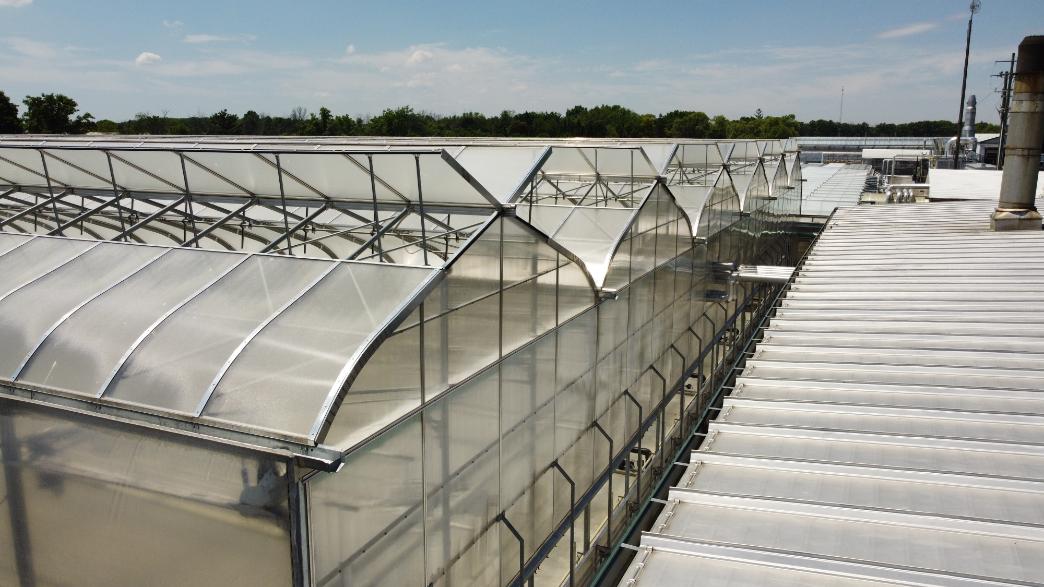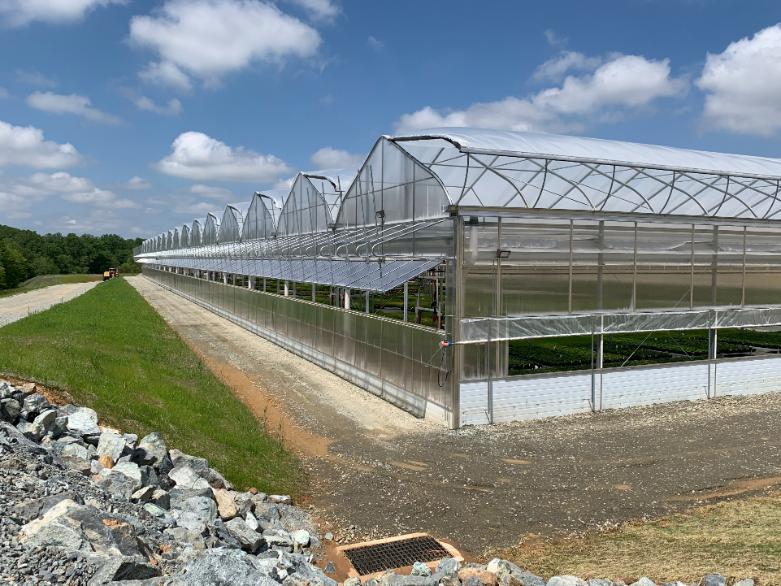Top Energy Saving Tips for Your Commercial Greenhouse
 How many greenhouse operations are concerned with energy savings? I will bet almost every one of them at one time or another! Energy costs are at the top of the grower’s expenses and yet there are many operations that do not spend enough time investigating how to lower their energy use.
How many greenhouse operations are concerned with energy savings? I will bet almost every one of them at one time or another! Energy costs are at the top of the grower’s expenses and yet there are many operations that do not spend enough time investigating how to lower their energy use.
Energy consumption is unfortunately unavoidable in a greenhouse environment and complacency often settles in with the day-to-day operations. Occasionally walking through your operation with energy savings in mind is a great way to avoid this complacency and helps to save money daily. Every small bit of energy saved leads to an increase in your margins. Bring a general checklist along and you will be pleased with the energy saving opportunities that will present themselves. Here are some energy savings ideas both in greenhouse structure and mechanicals that can guide you with your checklist:
Structural Checks
When performing annual inspections, check that all areas of the greenhouse structure that can allow air leaks are properly sealed.
- Check where the structure meets the ground; is this sealed?
- Are all outside accessing doors sealed when closed?
- Are exhaust fans properly insulated during cool periods?
- Are all vents and louvers properly sealed when closed?
 Considerations When Building or Retrofitting
Considerations When Building or Retrofitting
Utilize structure designs that maximize the free energy generated by the sunlight – Curved Glass provides the most roof light with large panes of glass curved to the shape of the Gothic Arch, and higher gutter heights 18 to 24 ft not only increases light penetration from sidewalls but helps to disperse shade from greenhouses structural roofs.
Design your greenhouse so that growing zones can be isolated
- Propagation zones can require more heat than others, tremendous energy can be saved by isolating these high energy requiring zones
- If zone isolation has not been incorporated, can it be changed? Can heat retention walls and/or curtains be installed?
Use of natural ventilation compared to forced air ventilation
- Forced air ventilation has a cost, as it uses valuable electrical energy
Pick a structure design to maximize natural ventilation as to not depend on a forced ventilation system. As air passes over the top of a GGS gothic shaped arch for example, with the roof vent open, the air speed will actually increase and help pull your hot air out of the greenhouse. Combine this with an intake like a side vent or rollup side on the windward side of your greenhouse and the ventilation will be even better. This will push your hot air up and let the chimney effect at the top do its thing. The result is a greenhouse approaching actual outside temperatures.
 Shading and blackout systems
Shading and blackout systems
- Is there a shading system in place? If not, consider the savings that a shading system can provide during the cooler months. Energy savings can be up to 75%.
- If a shading system exists, is it enough? Consider a double shading system, even more of an energy saver
- Is the material thin or shredding? The system is not keeping the cold air out or the warm air in during cooler periods if there are signs of obvious wear. Have a look at replacing the material
- Does the system close completely? If there are gaps when the shading is closed, that is energy lost
Mechanical
Check your heating system for inefficiencies
- Is your heating system hot water? If not, consider changing over. A high efficiency condensing boiler can run up to 95% efficient
- Have your existing boilers or unit heaters had regular servicing and adjusting? A boiler in need of adjustment could be using a lot of energy unnecessarily.
- Is your boiler room unnecessarily warm? Check to make sure all of your main heating pipes in your boiler room are insulated. If they are not you are again wasting energy.
- Are there leaks in your heating system? Check around pumps, hoses and connections. A hot water leak is an energy leak.
- Do you check boiler temperature controls in your climate control system? Bring boiler temperatures down in the warmer months and ensure that boilers are not cycling in the cooler months; energy is used every time a boiler turns off and starts up. This can be limited by looking at longer periods at low fire.
 Light and Climate control checks
Light and Climate control checks
- Have light reflective materials been used inside the greenhouse? Ground covers, walls, posts and heating pipes should all be coated in a light-coloured material to help reflect valuable sunlight. If light is reflected rather than absorbed in the greenhouse, the growing zone will have consistent light with little shadow. This valuable sunlight will also help heat the greenhouse quicker, saving energy in the cooler months. Niagrow Systems has its own brand of paint just for these purposes, and it can be applied on all steel surfaces providing a nice sun-reflecting finish. Ask your local Niagrow sales rep for more information on our special Niagrey paint.
- Have you adjusted your climate controls to account for external seasonal changes? Day length and temperatures radically change with the seasons; adjusting shading, heating, lighting and venting settings can avoid drastic energy waste and take advantage of natural energy in the spring and summer months.
Every greenhouse is unique and may have other issues that are not mentioned on this list. Customizing a list for your operation and following through with energy efficient improvements is the key to a better margin. Keep your list handy when you’re thinking of retrofitting or adding on and you will always do what makes energy sense for your operation.









